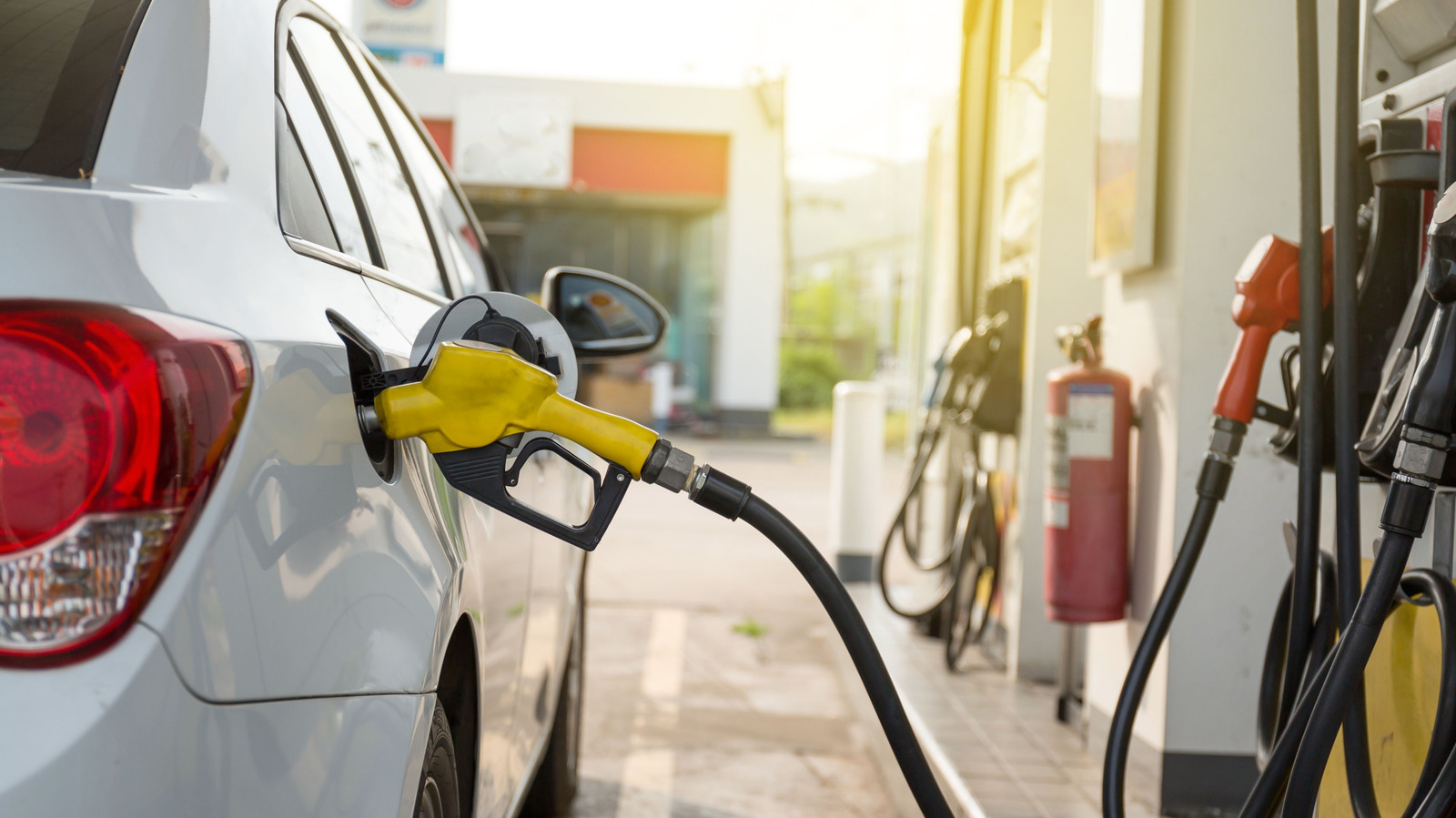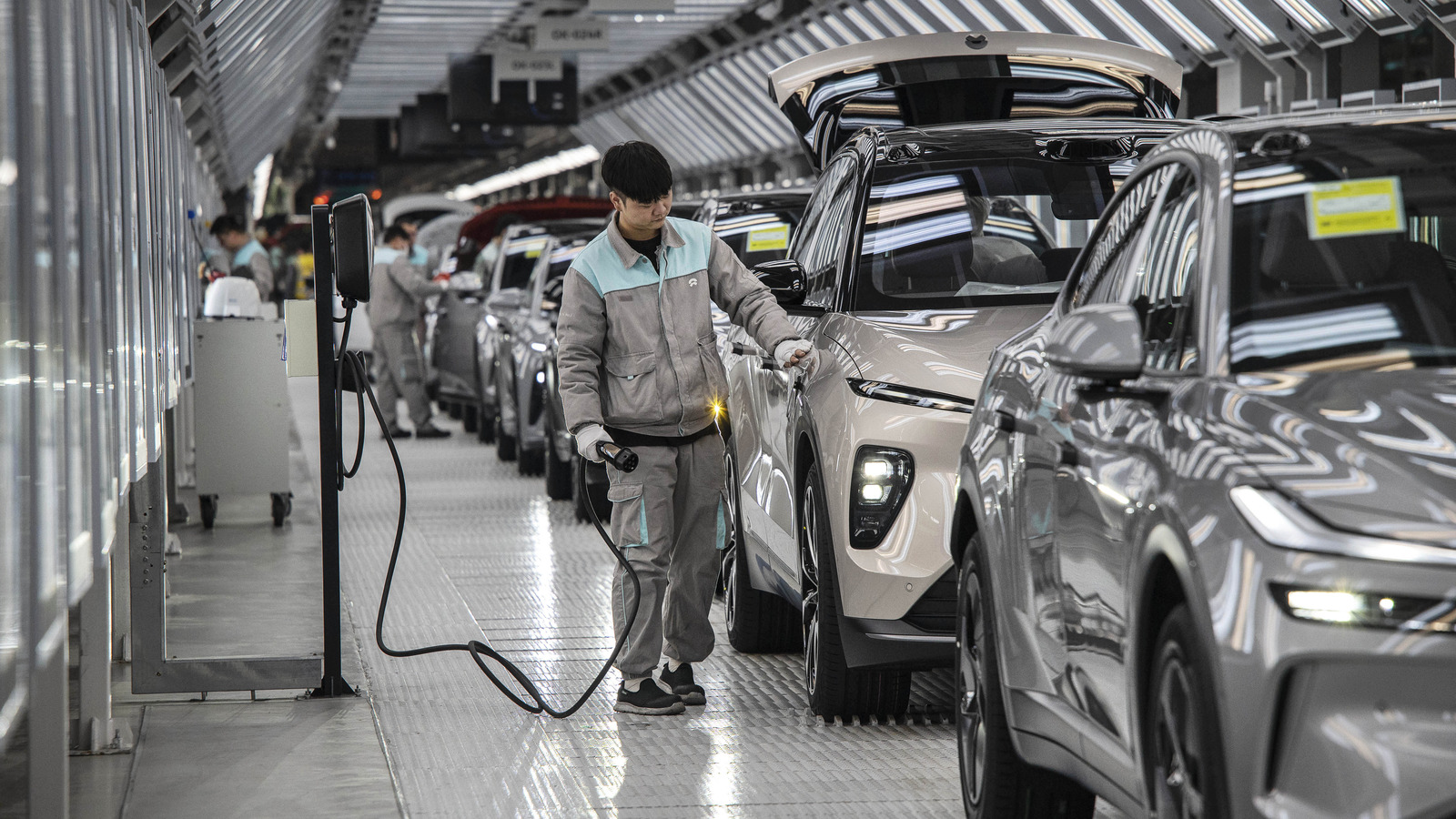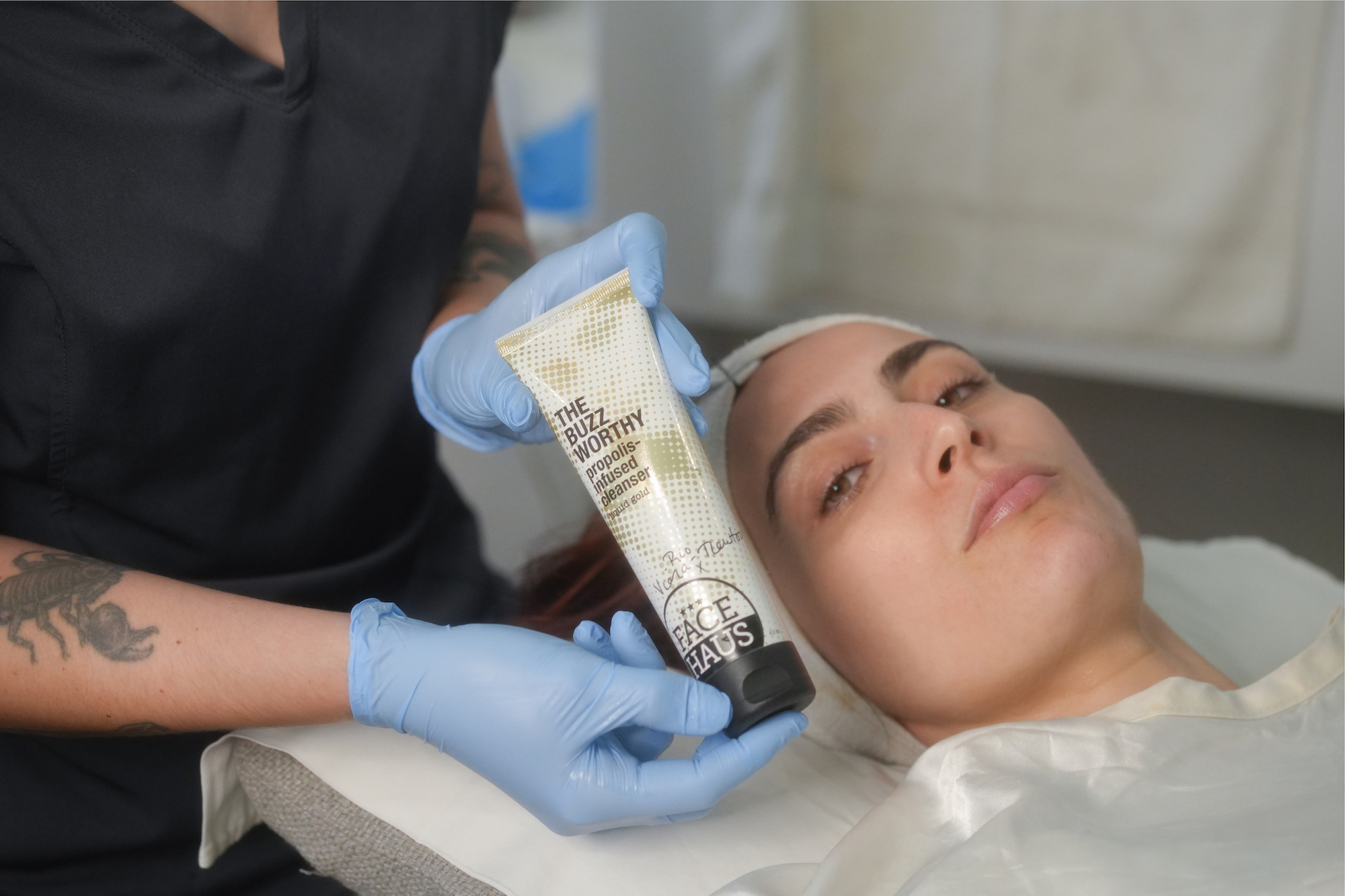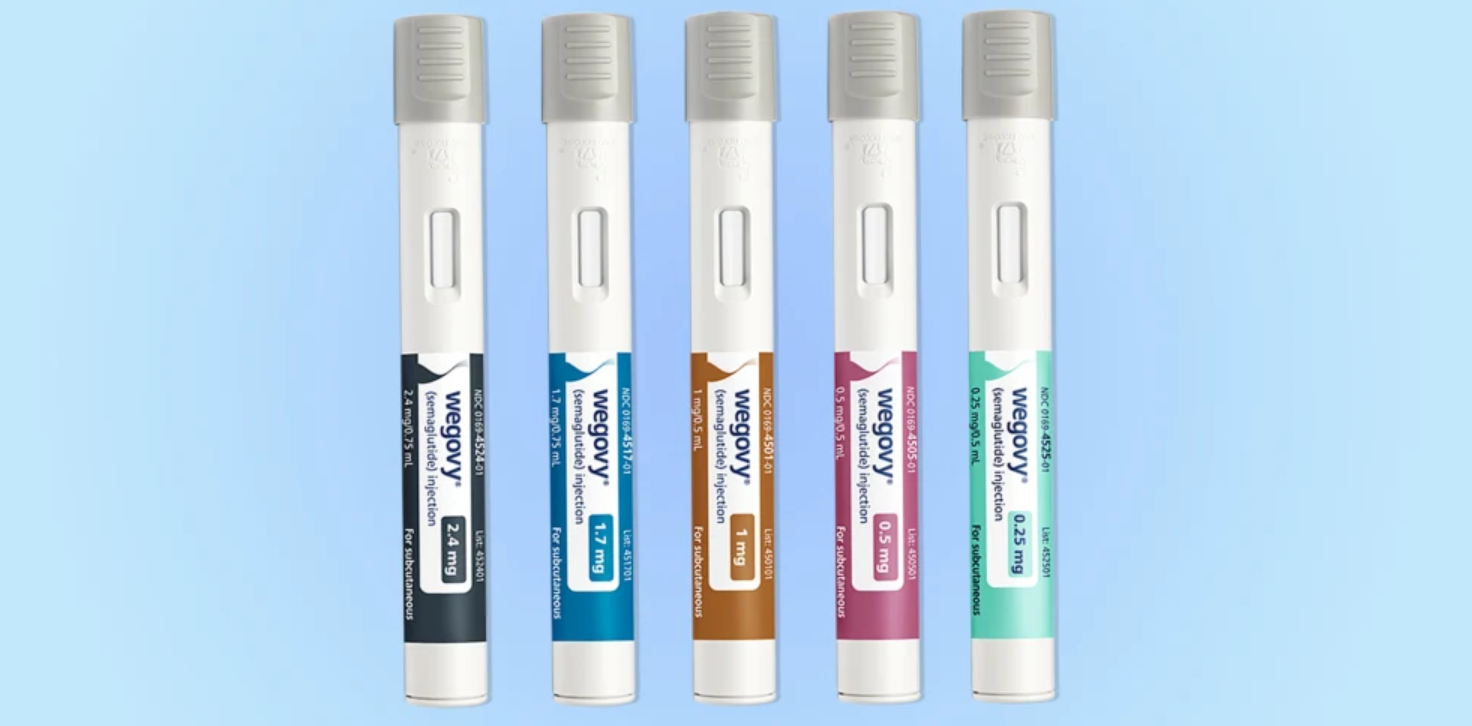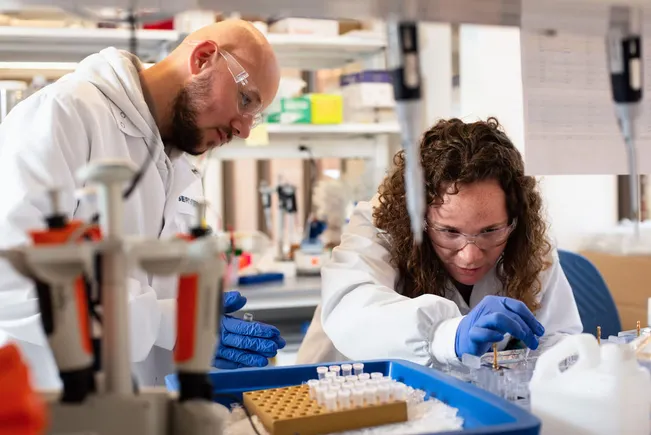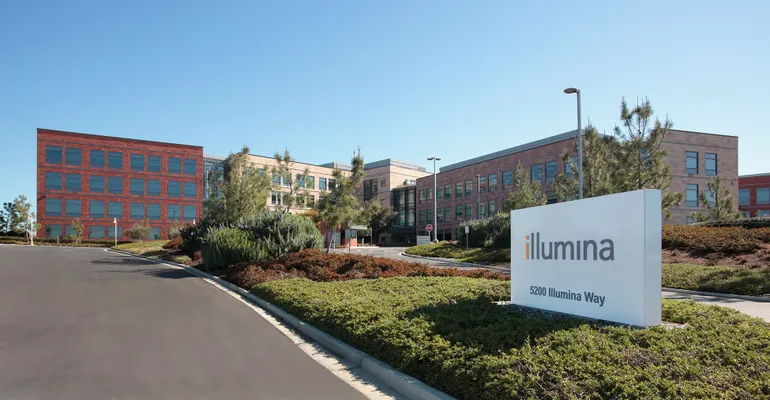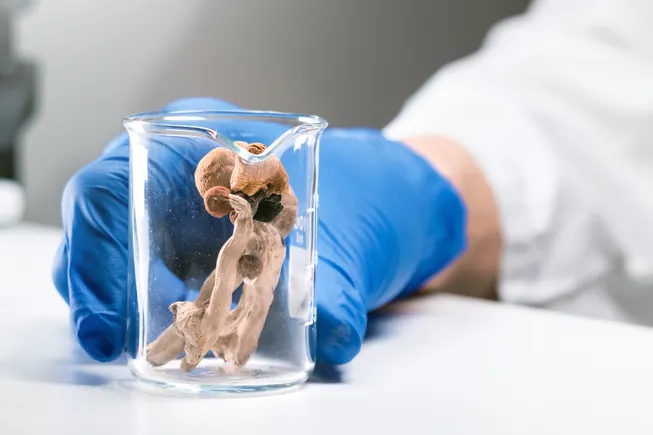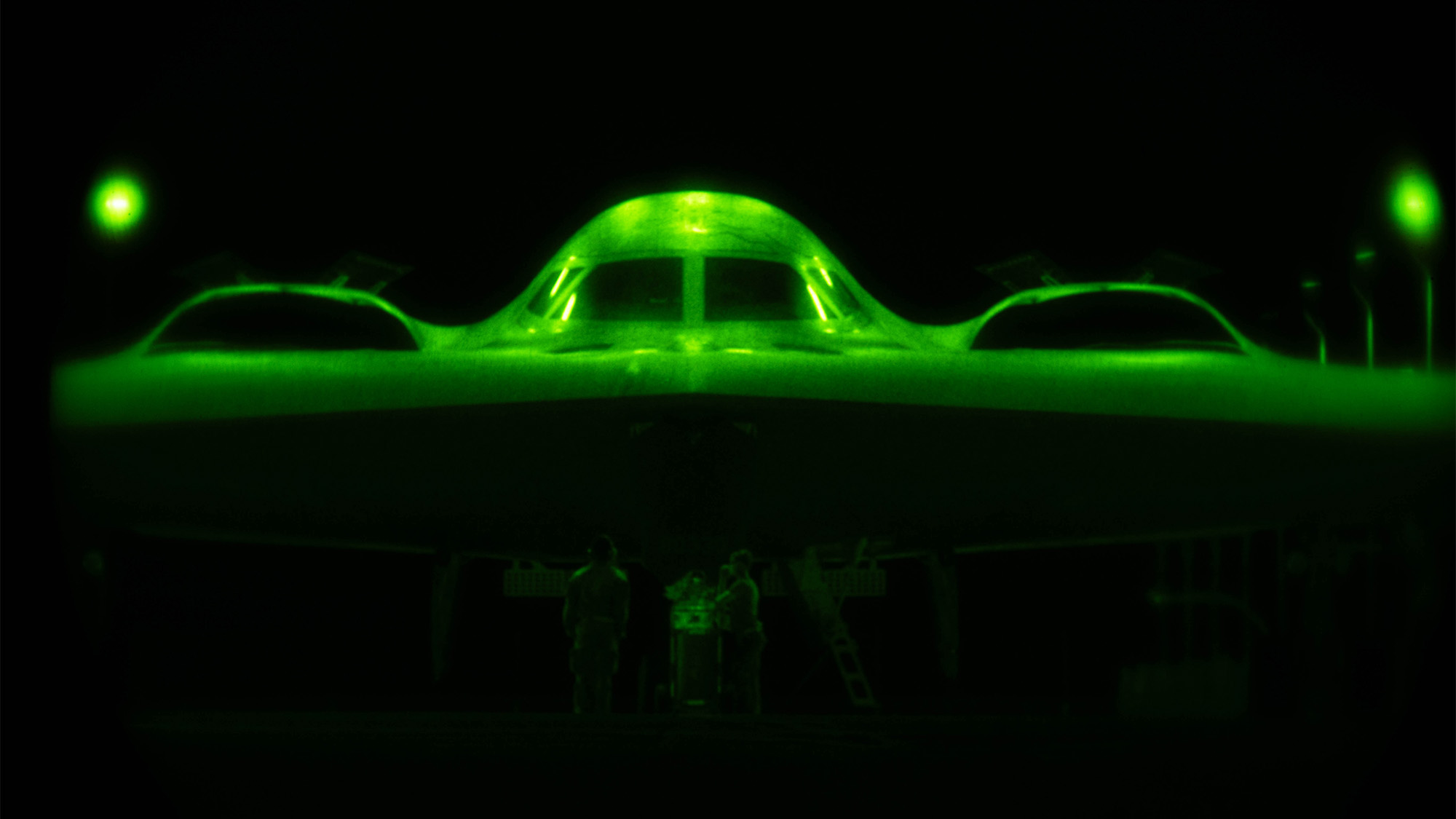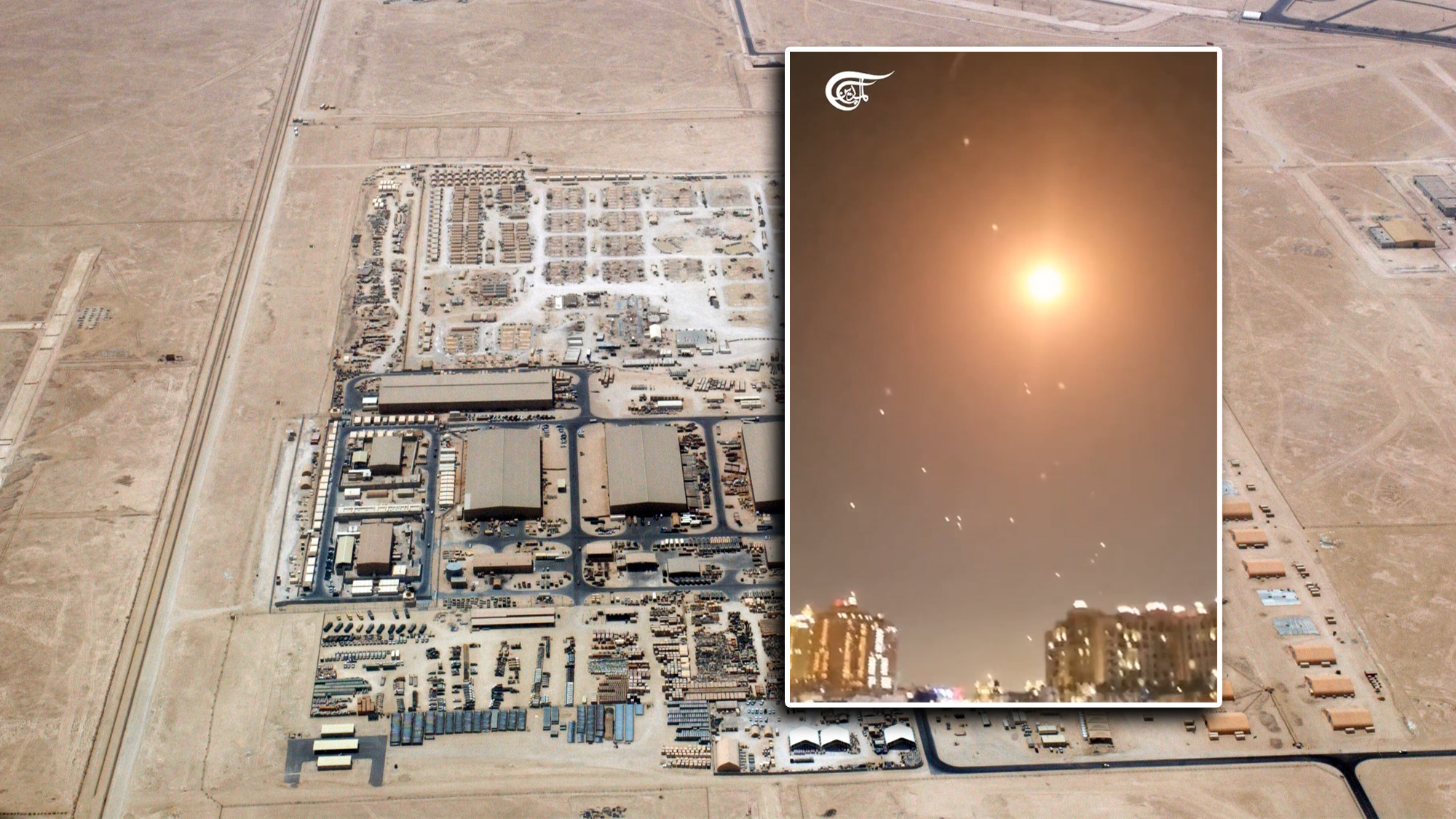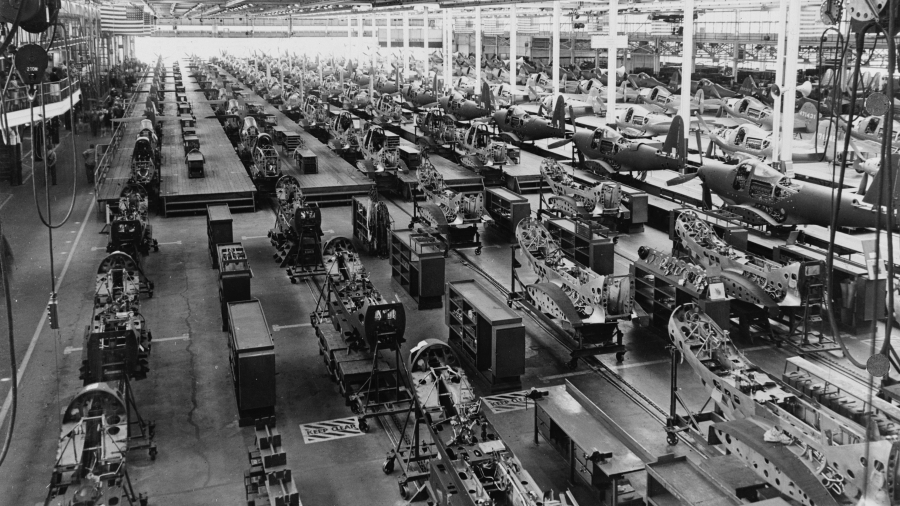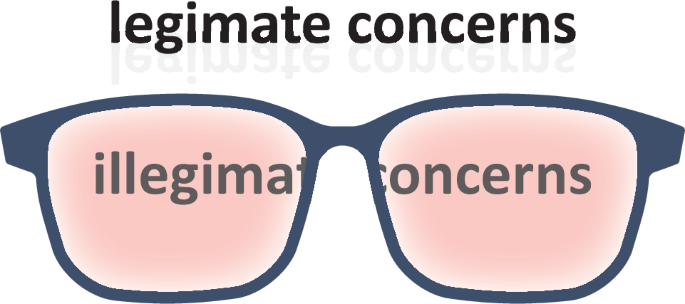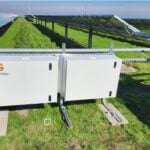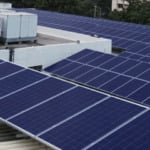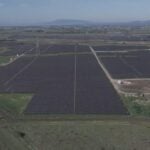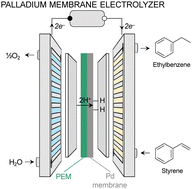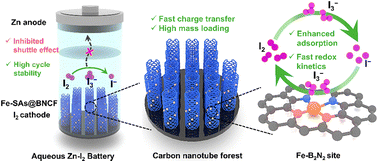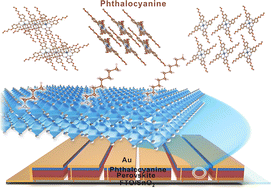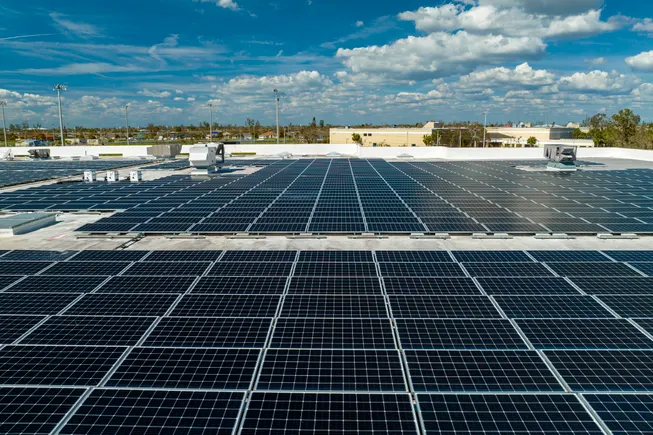Structural Design and Interface Modification with Selective H+ Binding of 3D Zinc Anode for Aqueous Zinc‐Ion Batteries
Advanced Energy Materials, EarlyView.

A simple interface modification and structural design strategy to conduct the 3D zinc anode is demonstrated. By introducing W metal with strong H+ binding energy as the second component of the alloy anode effectively suppresses HER. Simultaneously, the large specific surface area of the 3D structure facilitates uniform of Zn2+ deposition, inhibits dendrite growth, and enhances Zn utilization efficiency.
Abstract
The reversible cycling lifespan of zinc-ion batteries is fundamentally compromised by the hydrogen evolution reaction (HER) and the growth of Zn dendrites induced by tips on 2D zinc metal anodes. Herein, a 3D zinc metal alloy anode to effectively mitigate dendrite growth and HER through dual regulation of the interface is presented. Experimental results confirm that the second component with strong H+ adsorption can efficiently inhibit Hads desorption diffusion, thereby suppressing HER. Moreover, the robust interaction between the in-situ derived solid electrolyte interphase (SEI) layer and Zn2+ also enhances Zn2+ diffusion kinetics, reduces nucleation energy barriers, achieving dendrite-free deposition of Zn2+. The as-prepared 3D Zn-W anodes achieve a lifespan of up to 2400 h with a coulombic efficiency of 99.23% achieved in symmetrical cells and can also exceed 200 h when operated at a depth of discharge as high as 91.46%. This work provides a simple and effective approach toward enhancing the safety and efficiency of zinc-ion batteries while significantly improving Zn utilization efficiency.



























